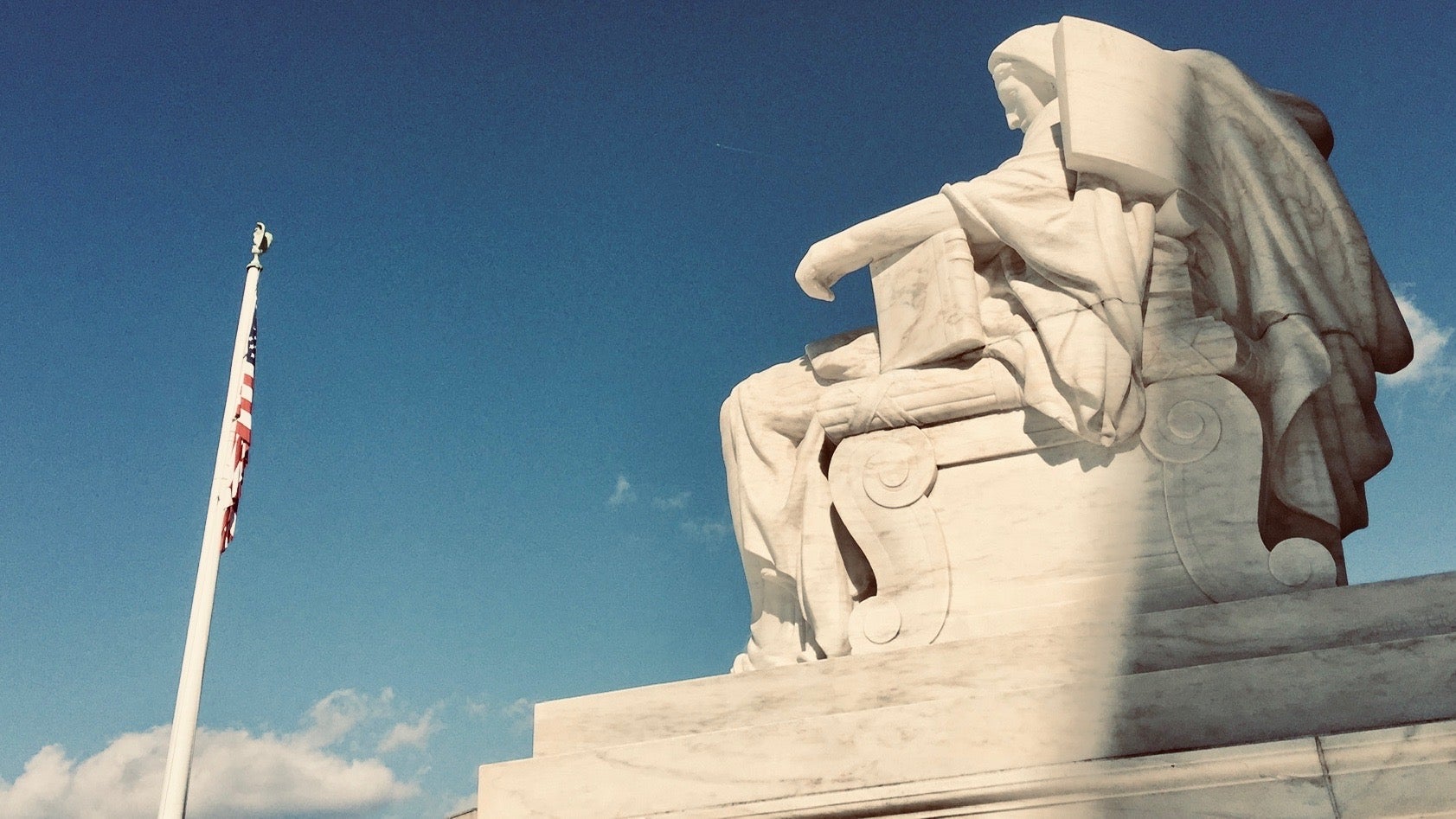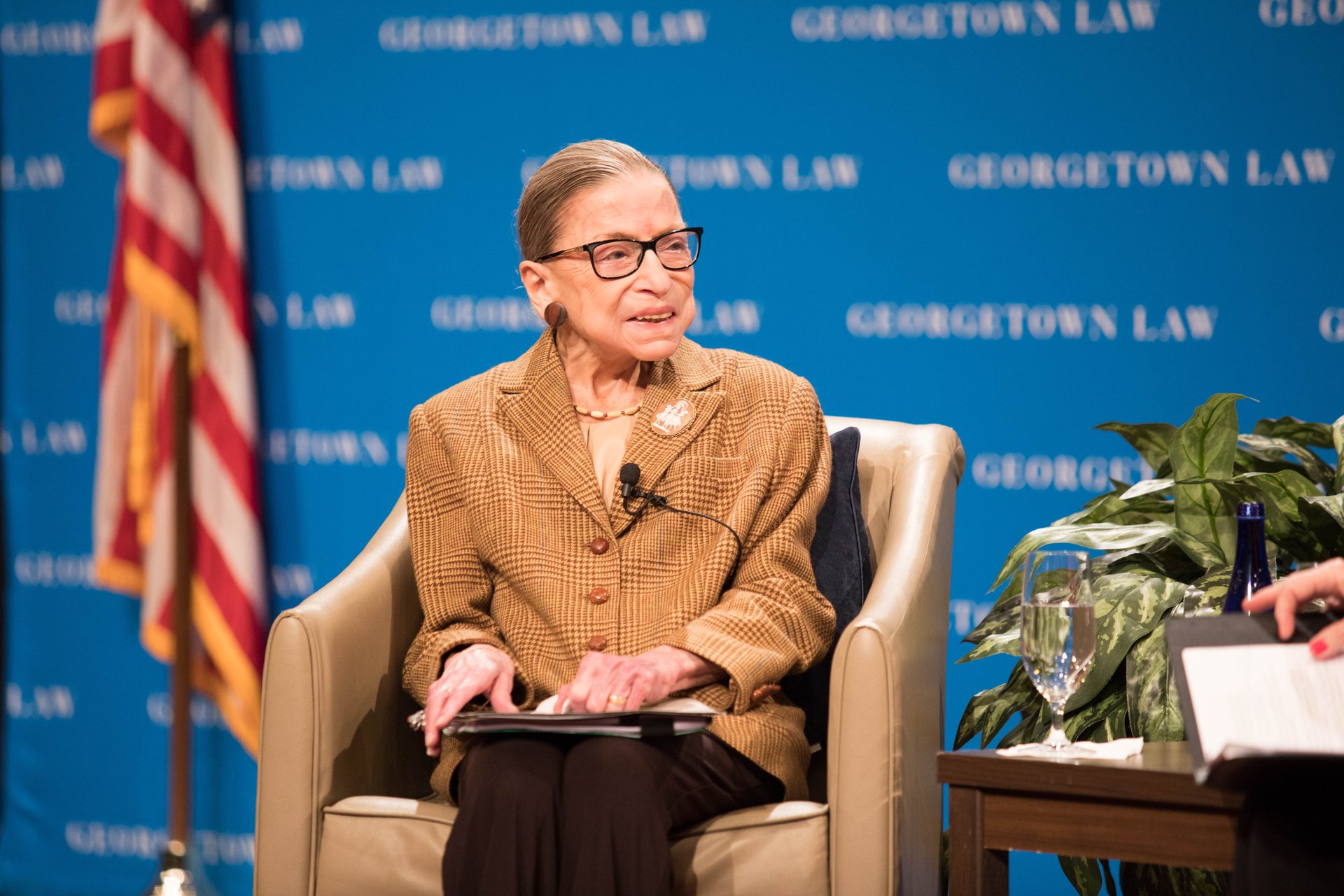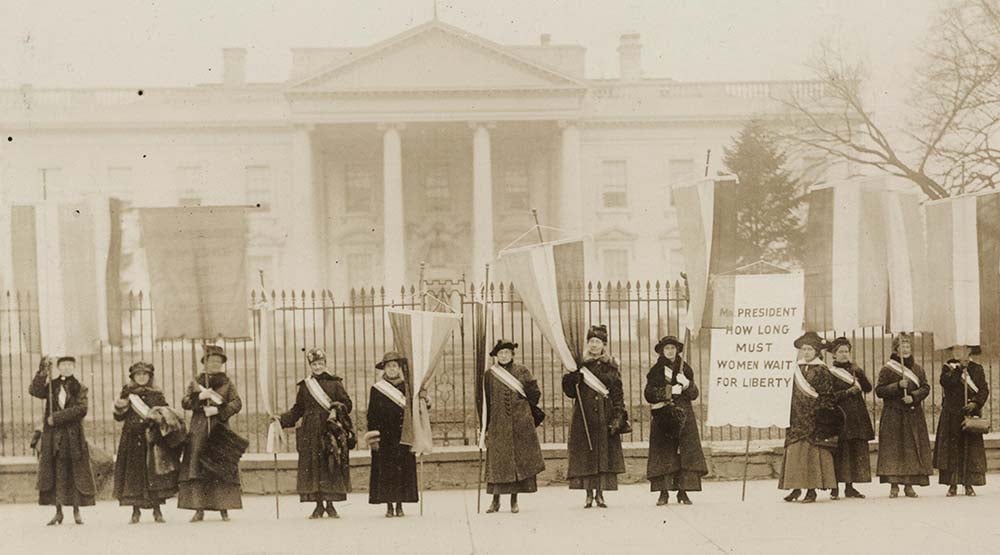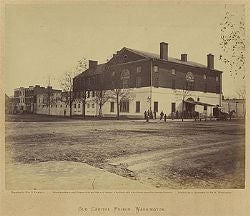The secret feminist history of the US Supreme Court
The US Supreme Court didn’t always stand on the land where it’s now situated, as the Architect of the Capitol website explains. What official accounts don’t reveal, however, is that the government took the property from the National Woman’s Party (NWP) and that a feminist jurist fought tooth and nail to get top dollar for it.


The US Supreme Court didn’t always stand on the land where it’s now situated, as the Architect of the Capitol website explains. What official accounts don’t reveal, however, is that the government took the property from the National Woman’s Party (NWP) and that a feminist jurist fought tooth and nail to get top dollar for it.
The lawyer who argued on behalf of the NWP and other groups in the late 1920s was Burnita Shelton Matthews. She ultimately secured the highest award for an eminent domain case ever won up until that point, and would go on to become the first female trial court judge on the federal bench.

Notably, Shelton Matthews was also a model for high court justice and feminist icon Ruth Bader Ginsburg. At a Georgetown University Law Center event on Feb. 10—marking 100 years of women’s suffrage and the continuing struggle for an Equal Rights Amendment to the Constitution—Ginsburg told the following story of Shelton Matthews’ battle against the federal government to secure the full value of the land for the NWP, calling the deceased judge “a soft-spoken woman, but made of steel.”
Treading gently and determinedly
Shelton Matthews had to be tough, of course, or she would never have overcome the many obstacles she faced as an aspiring attorney in the early 20th century.
Though she dreamt of being a lawyer throughout her youth in Mississippi, her father insisted his daughter study music instead. While at the Cincinnati Conservatory of Music, Shelton Matthews had her relatives send her legal treatises, which they did with a subversive mission. They mailed the dullest texts they could find, hoping to dissuade the young woman from her interest in the profession. It only laid the groundwork for her later love and mastery of what others might consider “very dry subjects.”
In 1915, Shelton Matthews graduated from the conservatory with a teaching certificate at 21 years old. Two years later, she married her high school sweetheart Percy Matthews, against her father’s wishes. He soon enlisted in the military, and Shelton Matthews decided to pursue her professional dream.
“In World War I, I was supporting myself by teaching piano and also sight singing in a town in Georgia,” she explained in a 1974 interview. “I saw advertisements for people to work for the federal government during the war, so I took the examination for a clerkship. I passed. I really wanted to study law. Not many places had law schools in the South where I lived. I was offered a job, and so in order to study law I came here to Washington.”
While her husband fought abroad, Matthews battled to advance women’s rights at home. But she had to tread gently, ever careful not to let her feminism put her future career as a jurist at risk.

For example, she picketed for women’s suffrage in front of the White House on weekends. The feminists drew crowds as they waved banners demanding the right to vote, but they couldn’t speak freely.
“At that time, if someone came up to you and asked you a question and you undertook to expound on the suffrage movement, then you were arrested…for speaking without a permit to speak. So when anybody tried to get me to talk with them, I didn’t talk, I didn’t answer, because I was a law student; and I thought that if I got arrested and had an arrest record, it would be counted against me when I tried to get admitted to the bar,” Shelton Matthews recounted.
The 19th Amendment, which granted women the right to vote, was ratified in 1920, the same year that she graduated with a Bachelor of Laws, Master of Laws, and Master of Patent Law degrees. Shelton Matthews’ dreams were coming true, but there was much work left to do to advance the legal status of women in the US.
She became the chief legal researcher for the NWP, which was working on identifying discrimination against women in state laws and advocating for change. Shelton Matthews’ efforts helped lead to the passage of new statutes that removed the disqualification of women as jurors in DC; eliminated inheritance preferences for men in Arkansas, DC, and New York; secured equal pay for equal work for male and female teachers in Maryland and New Jersey; and won women the right to sue in South Carolina without a husband’s permission.
Around 1929, Shelton Matthews was enlisted as a litigator on behalf of the NWP in the hard-fought condemnation case initiated by the federal government. She proved to be an exceptionally able adversary.
A valuable property
For most of the Supreme Court’s history, the justices met in various places in the Capitol, changing locations six times. William Howard Taft, who had been the 27th president and became chief justice, wanted a new and more noble home for the tribunal. Taft convinced Congress to approve funds for “a building of dignity and importance suitable for its use as the permanent home of the Supreme Court of the United States.”
But the location alighted upon, across the street from the Capitol and conveniently close to Union Station, happened to house the headquarters of the NWP. Shelton Matthews, as the organization’s counsel, went to see the president.
“Taft, of course, hated to put the ladies out of the building, but he said that the Executive was housed suitably in the White House and that Congress was suitably housed—they had the Capitol and the office buildings—and he said that now the Supreme Court should be suitably housed too, and the government wanted that site for the Supreme Court,” she later recalled.
The government filed suit and offered a pittance for the property. But the feminists wouldn’t settle.
They had plans for the land, and were hoping to attract women from around the world to work on the advancement of their legal status globally. At trial, Shelton Matthews showed jurors a picture of the NWP headquarters, beautifully tended and surrounded by a garden. The government’s counsel complained that she made it look too good, like the Luxembourg Gardens in Paris.
Critically, Shelton Matthews argued that the building housing the NWP was extremely valuable, enhanced by its place in history. The feminists occupied a structure once known as the “Old Capitol” because Congress had been briefly housed there in the early 19th century when the Capitol building was damaged by a fire. After lawmakers returned to their fancy digs across the street, prisoners were held there during the Civil War.

But in court, the government claimed that the Old Capitol had actually been torn down, which was patently not true. After Abraham Lincoln’s assassination in 1865, angry city residents flocked to the building, which held 800 Confederate army officers, and threatened to burn the structure. However, police and troops prevented the blaze and, soon enough, the prison held people charged in the plot to kill the president, three of whom were hanged in the courtyard (making the current location of the nation’s highest tribunal a poignant choice).
Just to cover all bases, the government’s lawyers also argued that even if the NWP was actually occupying the Old Capitol, it no longer had any historic value because its use had changed.
Shelton Matthews was able to contradict the government’s false claims. “We had some very good witnesses come and testify. There was a man in Washington, Harry Wardman, a big builder. He was one of my witnesses. He got up and said, ‘This is the world’s choice lot!'”
NWP counsel also produced physical evidence. Shelton Matthews and her legal team found a man who inherited a collection of civil war images by celebrated photographer Matthew Brady. In it, they discovered a picture of Rose O’Neal Greenhow, a renowned Confederate spy. The photo was taken in front of the Old Capitol, where O’Neal Greenhow was held captive, proving the NWP headquarters were indeed in the same historic building, however lovely its gardens.
Ultimately, a jury awarded the NWP just under $300,000 for the location, which was the largest condemnation award granted up until that point. Thus, Shelton Matthews gained a reputation for being an eminent domain expert and one of DC’s most esteemed litigators. She became the go-to lawyer in subsequent condemnation cases. “I was always interested in land law,” she later explained. “Some people think it’s a very dry subject.”
On the bench
Construction on the new high court building began in 1932 and was completed in 1935. The NWP moved to a new location, not too far away, and Shelton Matthews went into private practice, becoming one of three founding partners in an all-female law firm. She continued her advocacy for the feminist group and she never stopped fighting for the advancement of women.
In 1949, president Harry Truman appointed Shelton Matthews to the federal district court in DC. She was the first female judge to preside over a US trial court, and made it a point to hire only female law clerks, hoping to change this sad statistic. The judge continued to hear cases until her retirement in 1977.
By the time Ginsburg was appointed to the DC Court of Appeals in 1980, Shelton Matthews was 86 years old, the same age Ginsburg is today. The two giants of jurisprudence met occasionally and Ginsburg was inspired by the example her elder set.
Shelton Matthews died in 1988, seven years after the first female Supreme Court justice, Sandra Day O’Connor, was appointed by president Ronald Reagan. Five years later, Ginsburg was appointed to the high court by president Bill Clinton, joining O’Connor on the bench.
While Ginsburg laments the obstacles that remain for women in the law and beyond, she counseled the audience at Georgetown this week to remain determined, like Shelton Matthews and her feminist predecessors. “We have to be patient. What is it that [women’s suffrage activist] Susan B. Anthony said? ‘Failure is impossible.’ … In my long life, I have seen such positive change.”